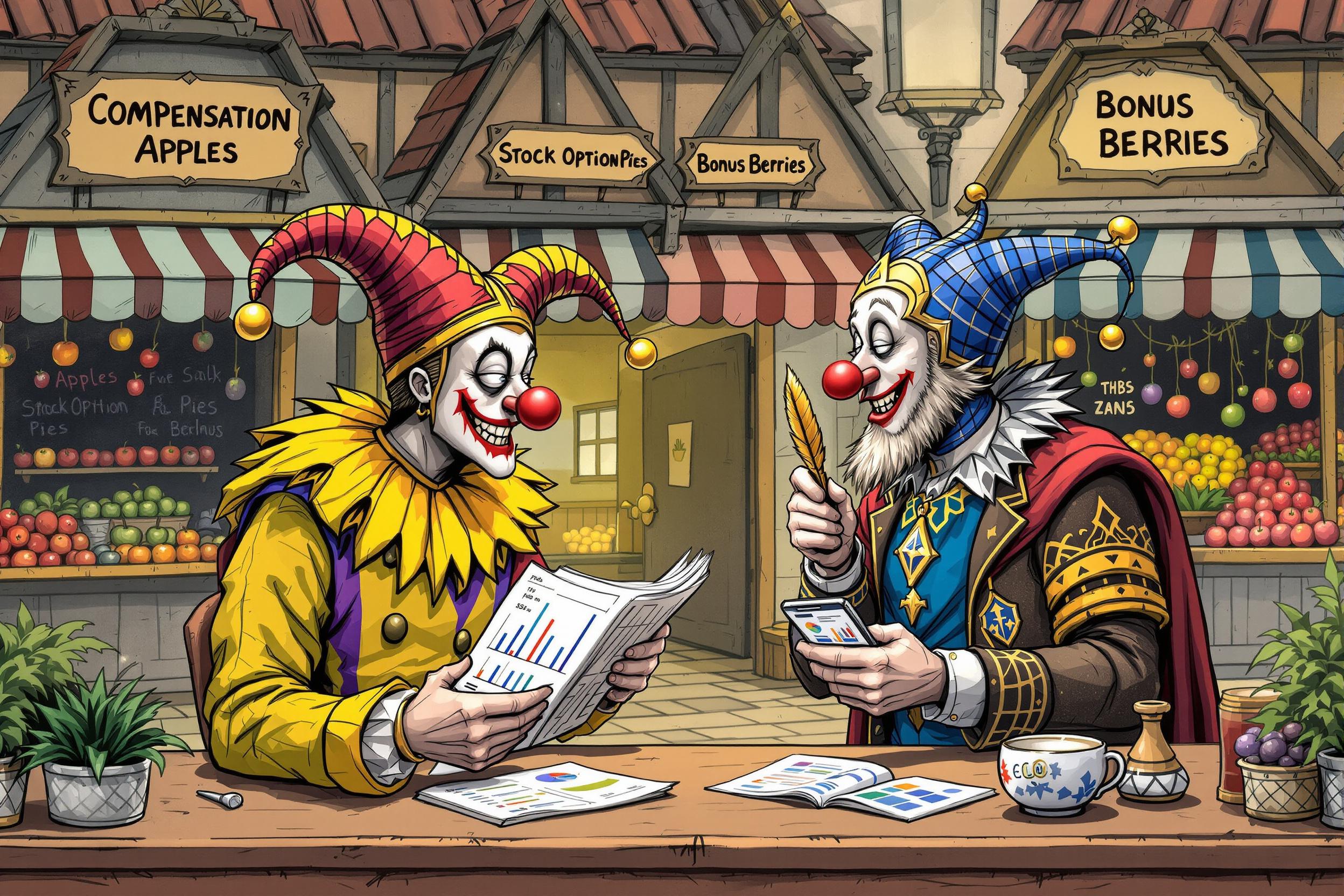
Antique Value
Antique Value refers to the worth and historical significance of older furniture pieces. It's a key concept in furniture restoration where professionals assess, preserve, and sometimes enhance the monetary and historical importance of furniture items. Unlike regular used furniture, antique pieces (typically 100+ years old) have special characteristics that make them valuable. When someone mentions "antique value" in their resume, they're showing they understand how to identify, maintain, and work with valuable historical pieces without diminishing their worth through improper restoration techniques.
Examples in Resumes
Preserved Antique Value while restoring 18th-century oak cabinets
Specialized in maintaining Antique Value during furniture repairs
Trained junior restorers in techniques to protect Antique Value of period pieces
Typical job title: "Antique Furniture Restorers"
Also try searching for:
Where to Find Antique Furniture Restorers
Professional Organizations
Online Communities
Job Resources
Example Interview Questions
Senior Level Questions
Q: How do you determine if a restoration project might impact an antique's value?
Expected Answer: Should explain their process for assessing piece age, historical significance, current market values, and how different restoration approaches might affect value. Should mention documentation and consultation with experts when needed.
Q: Describe a situation where you had to balance preservation of antique value with client requests for modernization.
Expected Answer: Should demonstrate experience in client education about value preservation, offering alternative solutions, and knowing when to decline work that would significantly diminish antique value.
Mid Level Questions
Q: What factors do you consider when assessing the antique value of a piece?
Expected Answer: Should mention age, condition, rarity, historical significance, maker's marks, and original materials. Should also discuss how these factors influence restoration decisions.
Q: How do you document antique pieces before and during restoration?
Expected Answer: Should describe photography, condition reports, material analysis, and recording of all work done to maintain provenance and value.
Junior Level Questions
Q: What's the difference between antique, vintage, and modern furniture?
Expected Answer: Should know that antiques are typically 100+ years old, vintage 20-100 years, and how age affects value and restoration approaches.
Q: What basic precautions do you take to protect antique value while working?
Expected Answer: Should mention using appropriate materials, documenting work, careful handling, and asking for guidance when unsure.
Experience Level Indicators
Junior (0-2 years)
- Basic furniture repair techniques
- Understanding of antique periods
- Simple value assessment
- Documentation basics
Mid (2-5 years)
- Detailed value assessment
- Period-appropriate restoration
- Client consultation
- Advanced documentation methods
Senior (5+ years)
- Expert value assessment
- Complex restoration planning
- Team leadership
- Market value expertise
Red Flags to Watch For
- No knowledge of different historical periods
- Lack of understanding about how modifications affect value
- No experience with documentation methods
- Unfamiliarity with traditional restoration techniques
Related Terms
Need more hiring wisdom? Check these out...

When Hiring from Competitors: Goldmine or Landmine?

The Hidden Art of Salary Negotiation: How to Win Hearts Without Going Broke

Unlocking the Competitive Edge: Benchmarking Your Talent Acquisition Metrics

